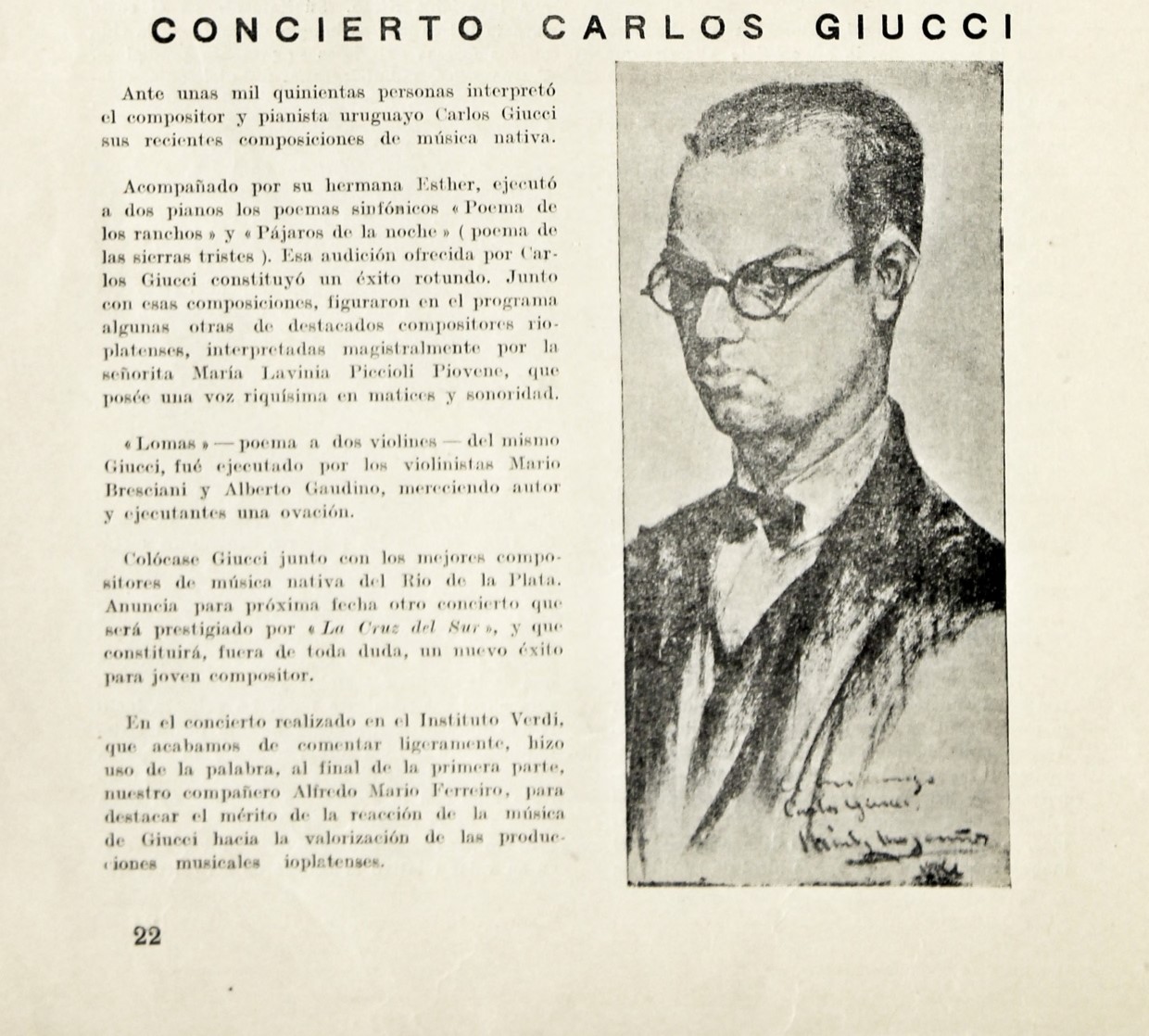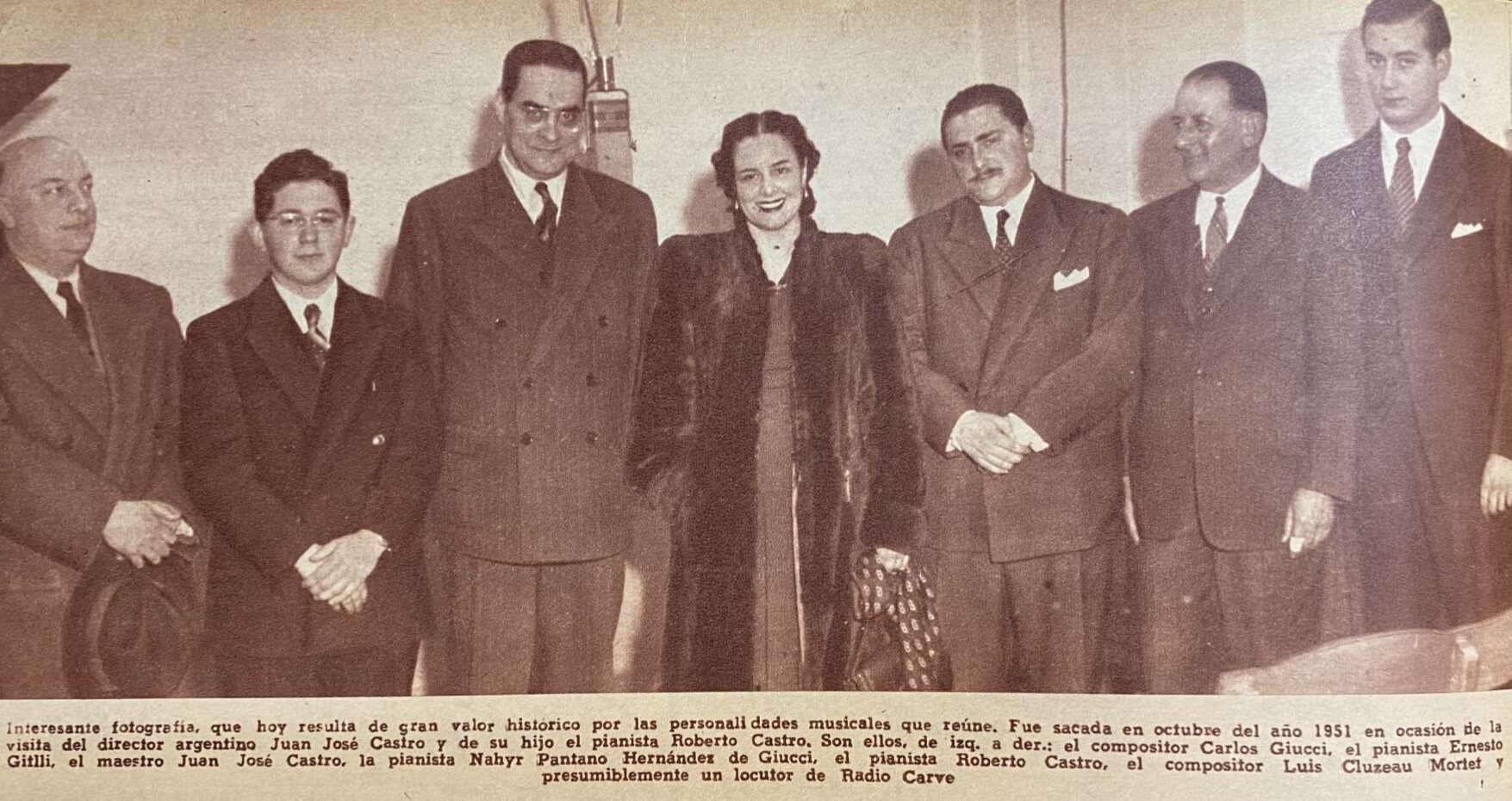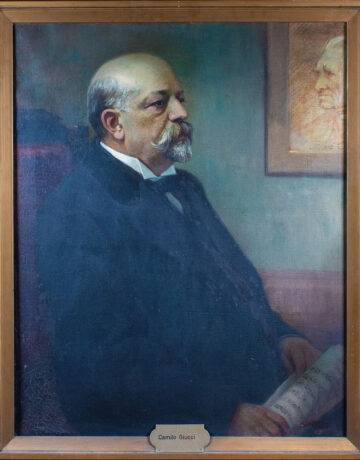Camilo Giucci was an Italian pianist, composer, and teacher who spent part of his life and artistic career in Uruguay, making a lasting impact on the Uruguayan musical environment.
The Giucci Family
Carlos Giucci
Carlos Giucci was a Uruguayan pianist and composer. He was born in Montevideo on November 4, 1903. He was the fourth child of the marriage between Camilo Giucci and Luisa Gallo. As a child, he began his piano studies with teacher Adela Taborda and with his mother, at the Franz Liszt Conservatory of Music. He then took composition classes with Tomas Mugica and Guido Santórsola, and with the Polish pianist Ignaz Friedman, while on tour in Montevideo. He also studied music theory, harmony, and counterpoint with the Spanish maestro Manuel García de la Llera.
He made his first compositions in the mid-1920s. Music critics place the works he produced during this period within the movement of musical nationalism, which had the composer Eduardo Fabini as one of its most important representatives. Referring to Carlos’s insertion in this movement, Elsa Sabatés maintained that “At first glance, the titles of his works, the argument on which he bases them, their structure, their cadences, the literary texts, the recreation of national folkloric themes and rhythms, show us a romantic, dreamy and lyrical composer, in search of a national musical identity1.” In this regard, the work Candombe, from 1928, stands out, which was awarded the first composition prize of the Ministry of Public Instruction in 1929. This work was dedicated to the Russian pianist Benno Moiseiwitsch, who premiered it and presented it in several cities. The pianist Arthur Rubinstein included it in his repertoire. In addition, it was played by several Uruguayan musicians. Lauro Ayestarán said that Candombe marks the inclusion of nationalist themes in the city, which were previously relegated to the countryside2. Other compositions belonging to the nationalist period are Sierras lejanas, Atardecer and Lejos, Iglesia en el campo, Lomas, Viento entre ceibos, La muerte del viejo Vizcacha, Tierra adentro and Yucca-Tatú.
During this period, Carlos became familiar with the intellectual and artistic movement of nativism, which sought to recover the roots of artistic inspiration in local themes. The most relevant figures of this movement, which emerged in the 1920s, were the poets Fernán Silva Valdés and Pedro Leandro Ipuche. Carlos connected with some members of the nativist movement, which gave him access to intellectual networks and spaces to disseminate his work. For example, in 1927 he gave a concert at Instituto Verdi, accompanied by his sister Esther, which was reviewed by the magazine La Cruz del Sur, a publication that comprised one of the platforms for the diffusion of nativism. In the review, it was stated that Carlos was one of “the best composers of native music of the Río de la Plata.”
By the 1930s, Carlos was an important figure in the Uruguayan music scene. For example, in 1930 the Asociación Coral de Montevideo and a commission of intellectuals organized a concert dedicated to his work, held at the Teatro Solís. Among the performers were Carlos, his sister Esther, singer Alma Reyles and violinists Mario Bresciani and Juan C. Casco. After the concert, the critics stated: “Carlos Giucci’s work, with a great melodic richness, almost exclusively leaning towards our folklore, is one of those that reveal an artist of fine sensitivity and remarkable talent. His vocal compositions, like those for piano and violin, are characterized by the elegance of their forms and the sincerity of their concepts. If we add that they faithfully and expressively translate peasant motifs, we will have an idea of what this young composer means to our musical world.” In 1933, he won the first composition prize from the Ministry of Public Instruction again, with the work Pequeña Suite. Along these same lines, in 1938 he had a radio space on Radio Uruguay, where he performed his own works. This allowed his work to reach a wider audience than concerts alone could provide.
Regarding his family life, in 1930 he married Rita Bellán, sister of the writer José Pedro Bellán. Rita passed away in 1935. Then, in 1937, he married for the second time with the Brazilian pianist Nahyr Pantano Hernández, who was in Montevideo performing a series of concerts. In 1936 they had given a concert together at the Auditorio del Sodre (Sodre Auditorium). After their marriage, Nahyr accompanied Carlos on many occasions in his performances, and performed several of his works.
In addition to his role as composer and pianist, he taught at various institutions. Thus, he was a teacher in Secondary Education and in teacher training centers, such as the Institutos Normales and the Instituto de Profesores Artigas. After the creation of the Conservatorio Nacional de Música, he held the chair of music theory. He also taught at the Franz Liszt Conservatory of Music.
On the other hand, in 1946 he was hired together with Lauro Ayestarán by the Musicology Section of the Museo Histórico Nacional, which had been created that year and whose objective was to “research, preserve and disseminate the Uruguayan musical heritage, both cultured and popular3.” During this same period, he was a member of the Sociedad Folklórica del Uruguay, created in 1946, whose first president was the poet and composer Fernán Silva Valdés, and whose members included Lauro Ayestarán, Eduardo Fabini, the composer Luis Cluzeau Mortet, and the Argentine musicologist Carlos Vega. The Society’s statutes stated that its objectives were “the research, study, systematization and dissemination of local and national folklore, collecting and analyzing all manifestations of popular science related to this discipline4.” His membership in these institutions reveals his interest in the recovery of the cultural—and more specifically, musical—past, expressed in disciplines such as folklore and musicology.
Around the 1950s, there was a change in his style, marked by the abandonment of nationalism and the adoption of constructivism. In this regard, Ayestarán pointed out that Carlos adopted a type of horizontal writing, stripped of references to folkloric motifs, valuing that “A well-calculated but deeply felt order fell upon his work in this last period and he then gave us this series of pieces that were of a very free counterpoint, within his objective language—the will of a musician of lineage who, in full maturity, knew how to fine-tune new weapons for the conquest of the expression of sound5.” Within this compositional stage are works such as the Preludios y Movimientos fugados No. 1 and No. 2.
Carlos Giucci passed away in Montevideo on May 7, 1958. His passing caused a great impact in the Uruguayan artistic and musical environment. Thus, the newspaper El Plata stated that “His fruitful work, his cordiality, the kindness of this pure-hearted gentleman of our music, have earned him a place in the history of art in this country.”
The Giucci Family
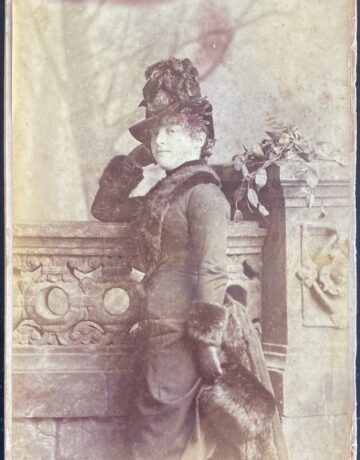
Luisa Gallo de Giucci
Luisa Gallo was a Uruguayan pianist and teacher.
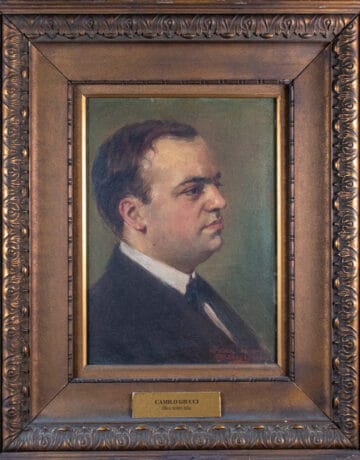
Camilo Giucci (son)
Camilo Giucci Gallo was a Uruguayan violinist and teacher.


